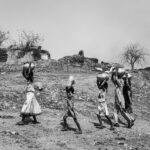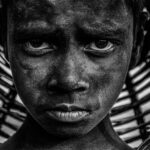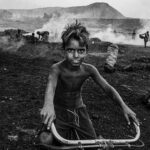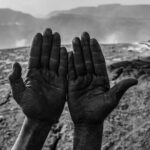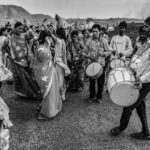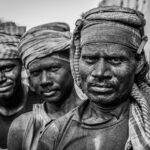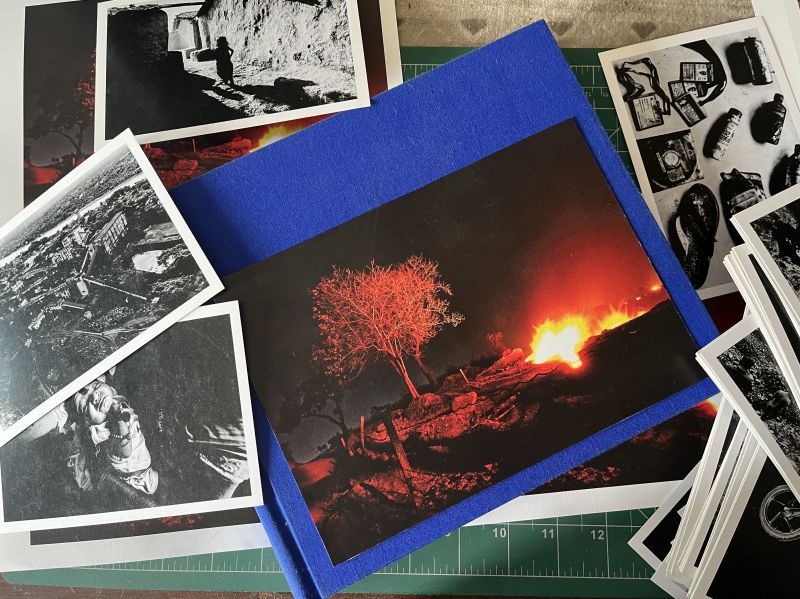
The Burning City - Vishal Kumar Singh
This book is dedicated to the coal miners of Jharia, Dhanbad, many of whom are children. Vishal has taken incredible measures and risk to bring light upon their extraordinary living and working conditions. He has received immense retaliation from the coal mafias who command the land.
I do not know if the book will bring any immediate impact in the socio-economic lives of these miners, and the atrocities that follow. However, we can hope.
As Ravish Kumar said while accepting the prestigious Magsaysay Award “Not all battles are fought for victory – some are fought to tell the world that someone was there in the battlefield”.
Photographs by Vishal Kumar Singh
FIRST EDITION of 180 pages | ISBN: 978-93-5915-475-6
Published, designed, printed, and bound in India by BinderDesign, layout, and production by Shubhojit Chatterjee
Limited, numbered edition of 500 copies
Shipping to any region outside of India at additional flat courier rate.
From the Photographer:
For seven years, I walked through the smoldering heart of Jharia, camera in hand, bearing witness to a world where fire burns beneath the earth and resilience flickers in the shadows. This book, “The Burning City”, was not merely about capturing images—it was about surviving the visceral realities of a community trapped between exploitation and survival.
The coal mafias loomed over every step I took. They threatened, intimidated, and even destroyed my equipment, desperate to keep Jharia’s truths buried. There were nights I slept in abandoned huts, clutching my camera, wondering if dawn would bring another confrontation. Gaining trust was equally arduous. Miners and their families, worn thin by betrayal, hesitated to let an outsider into their lives. It took months of shared silence, of sitting in the acrid smoke that stains lungs and skies, before they allowed me to document their stories.
The environment itself was a foe. Fissures spat toxic fumes; unstable ground threatened to swallow anyone who lingered too long. I inhaled the same coal dust that silences miners with silicosis and tuberculosis. Once, while photographing a child scavenging coal under moonlight, I sank knee-deep into a sudden pit of ash—a grim reminder of the land’s treachery.
Yet, the greatest weight was emotional. Meeting Muskaan, a girl who lost her leg and hand in a mine collapse at six years old, shattered me. Her eyes held neither pity nor anger, only exhaustion. I met women who sorted coal fragments under darkness to feed their children, and mothers who buried sons claimed by mining accidents. Their courage, etched into every frame, became my resolve.
This book is a testament to their endurance, and to the countless untold battles fought beneath Jharia’s burning soil. I do not know if these images will ignite change, but I hope they serve as a mirror to a world we too often ignore. To the people of Jharia: your stories are not mine to own, but mine to amplify.
To those who stood by me—local guides, activists risking their lives, and the miners who shared their truths—thank you. This work is yours as much as mine.
Surviving Jharia changed me. May these photographs unsettle, awaken, and remind us all of the cost of indifference.

